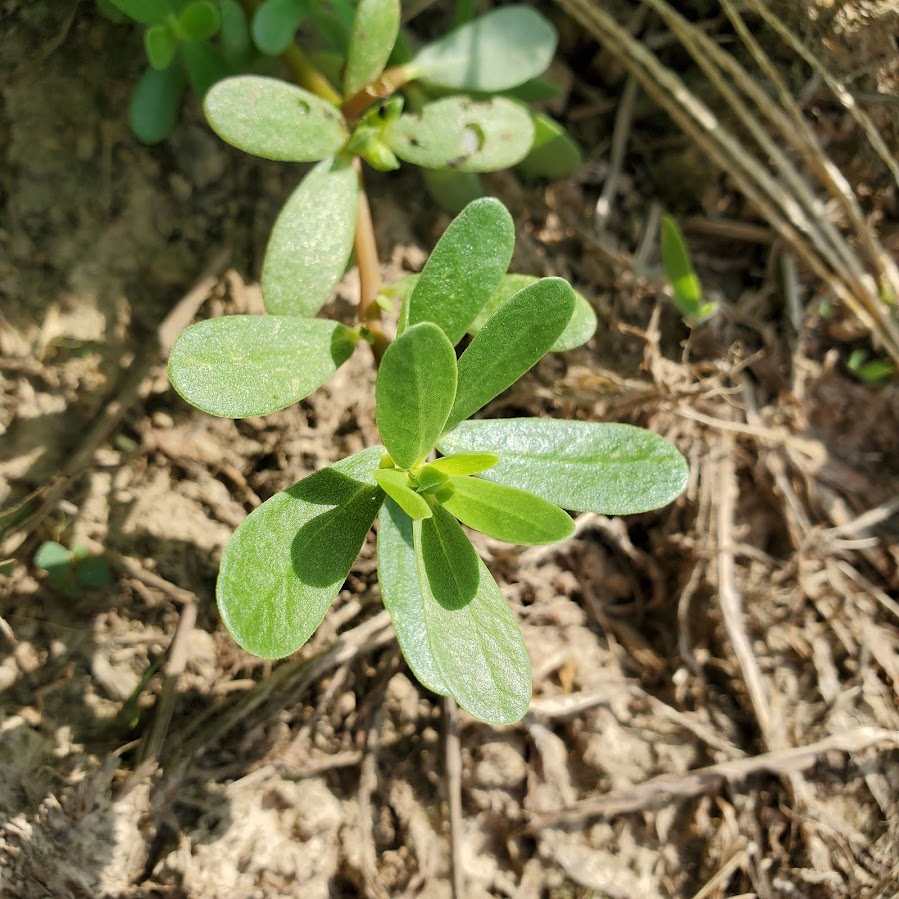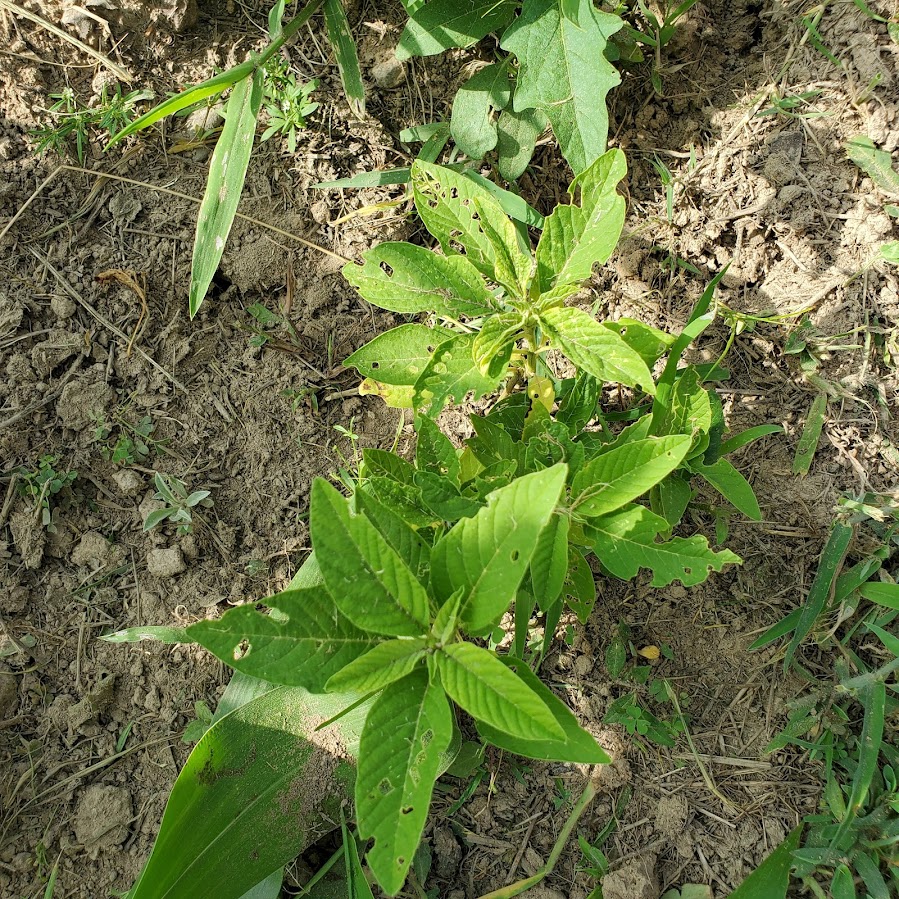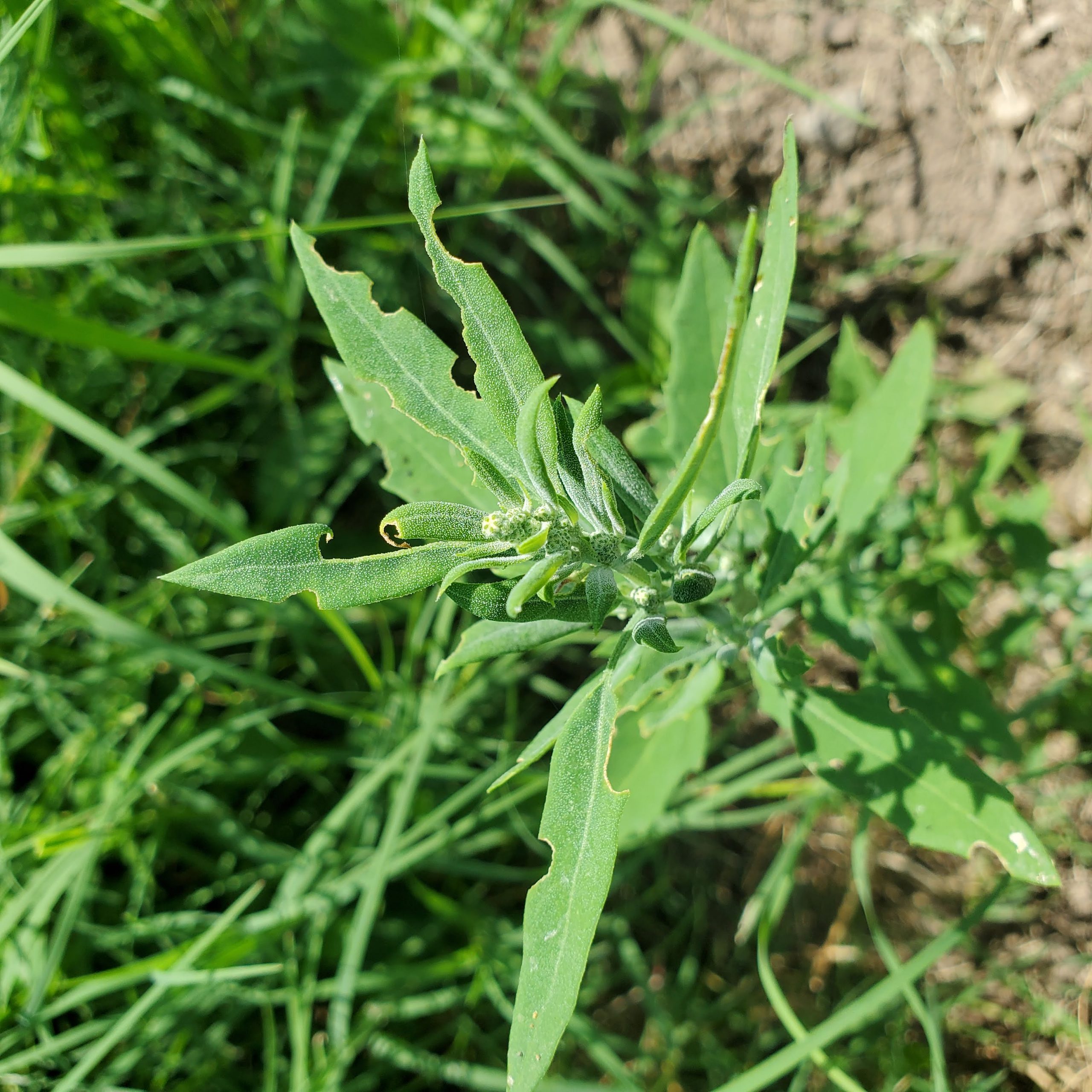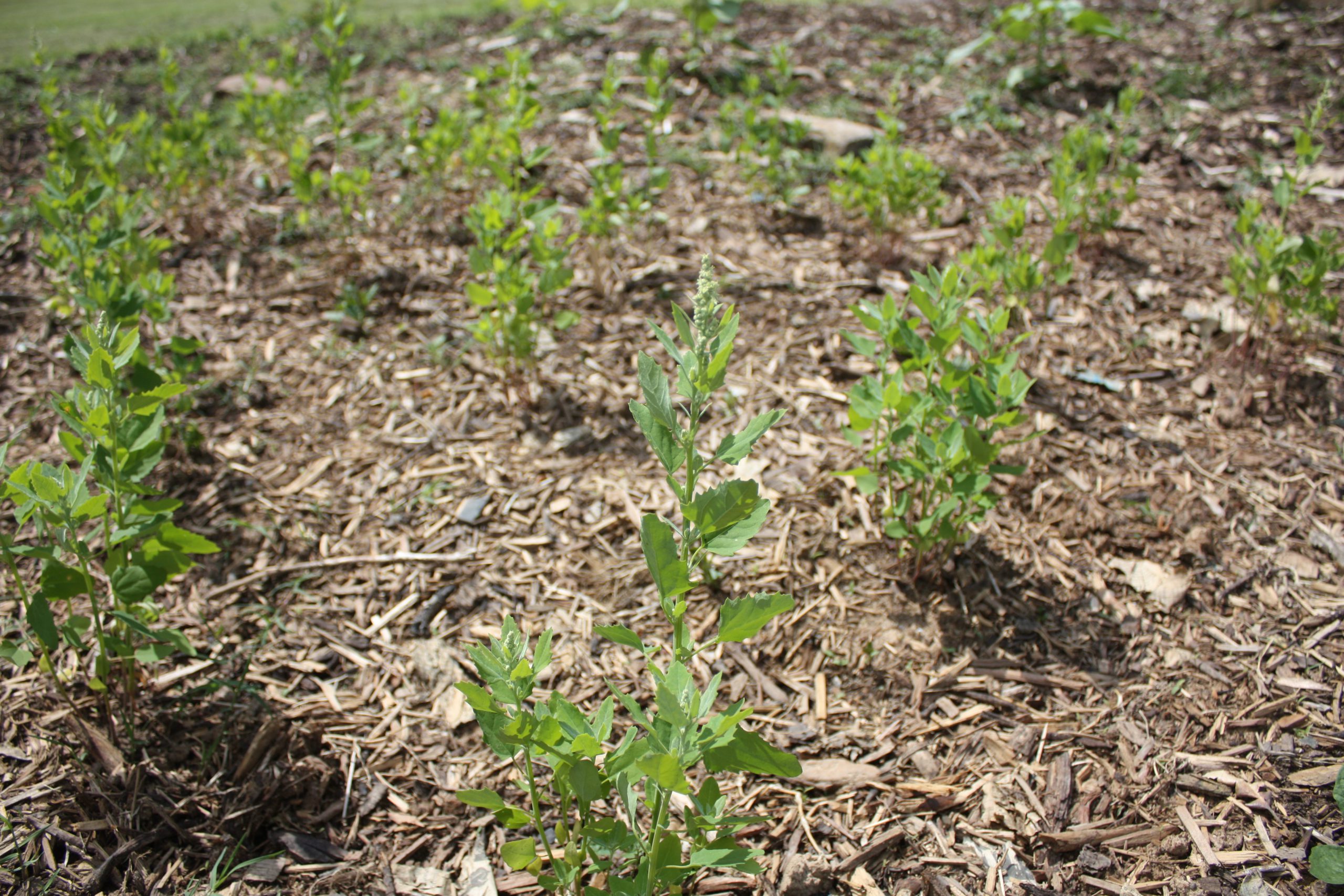
Greens
It can be challenging for archeologists to study what vegetables Indigenous people in the past were eating since leaves and fleshy parts of plants do not usually preserve in the ground for very long. Researchers do sometimes find seeds associated with plants with edible green parts that were likely gathered and eaten by people living in Arkansas for thousands of years. We also have a specific example of edible greens being depicted in rock art (see below).
Fiddlehead ferns
Purslane
(Portulaca oleracea)
Amaranth
(Amaranthus sp.)
Goosefoot
(Chenopodium berlandieri)
References
Bye, Robert A Jr.
1981 Quelites- Ethnoecology of Edible Greens- Past, Present, and Future. Journal of Ethnobiology 1(1): 109-123.
Chapman, Jefferson, Robert B. Stewart, and Richard A. Yarnell
1974 Archaeological evidence for pre-Columbian introduction of Portulaca oleracea and Mollugo verticillata into eastern North America. Economic Botany 28: 411-412.
Gremillion, Kristen J.
1993 Crop and Weed in Prehistoric Eastern North America: The Chenopodium Example. American Antiquity 58(3): 496-509.
Scarry, C. Margaret
2003 Patterns of Wild Plant Utilization in the Prehistoric Eastern Woodlands. In People and Plants in Ancient North American, edited by Paul E. Minnis, pp. 50-104. Smithsonian Institution, Washington.
Simopoulos, Artemis P., Helen A. Norman, James E. Gillaspy, and James A. Duke
1992 Common purslane: a source of omega-3 fatty acids and antioxidants, Journal of the American College of Nutrition 11(4): 374-382.
Tankersley, Kenneth Barnett, Denis G. Conover, and David L. Lentz
2016 Stable carbon isotope values (δ¹³C) of purslane (Portulaca oleracea) and their archaeological significance. Journal of Archaeological Science: Reports. 7:189-194.











